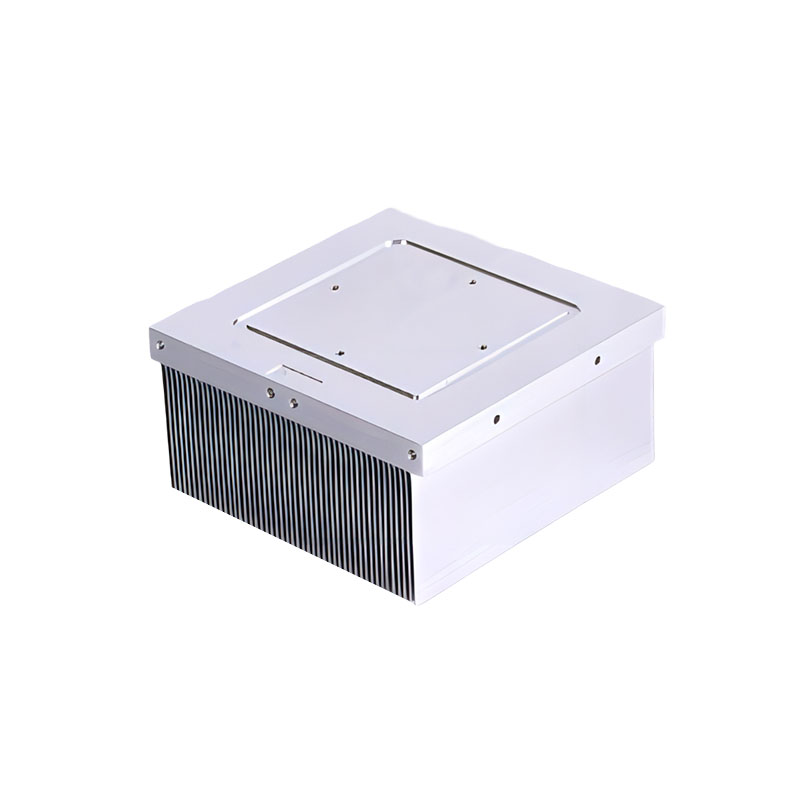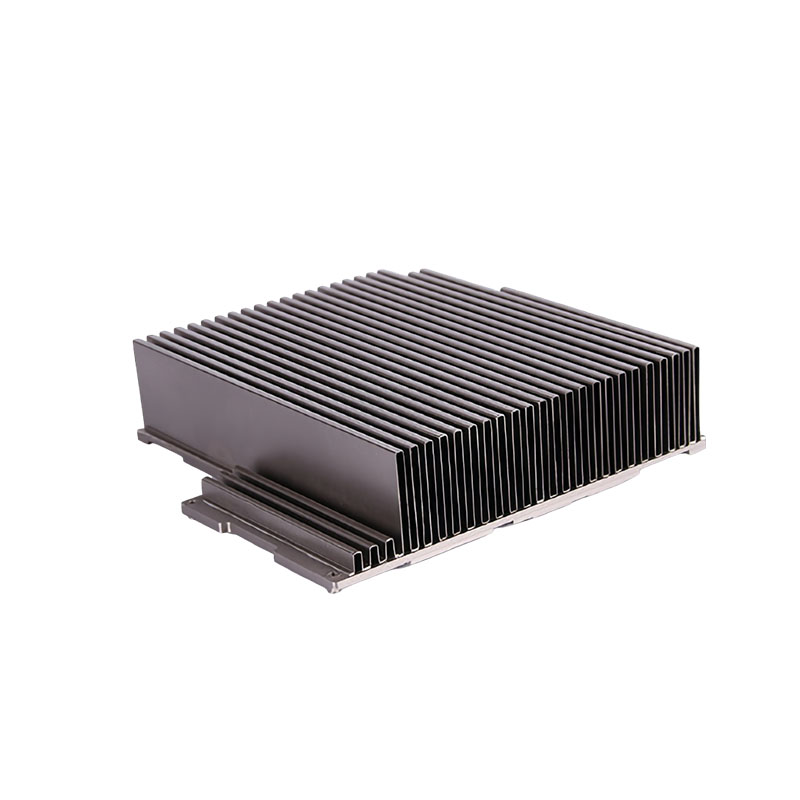Effect of surface treatment process on corrosion resistance and heat conduction of heat pipe radiators
Release Time : 2025-04-08
As a high-efficiency heat transfer element, the surface treatment process of heat pipe radiators directly affects the corrosion resistance and heat conduction efficiency. By optimizing the surface treatment technology, the reliability and heat dissipation performance of heat pipes in complex environments can be significantly improved. The following analysis is carried out from the aspects of material characteristics, process type, performance impact, etc.
The surface treatment processes of heat pipe radiators mainly include chemical oxidation, anodizing, electroplating, coating and sandblasting. Chemical oxidation generates a dense oxide film through solution reaction to enhance corrosion resistance; anodizing forms a porous oxide layer in the electrolyte with both protection and coloring functions; electroplating technology improves surface hardness and wear resistance through metal deposition; the coating process uses polymer materials or ceramic coatings to isolate corrosive media; sandblasting improves surface roughness through physical impact and enhances thermal radiation capacity. Different processes achieve performance optimization by changing the surface chemical composition, microstructure or physical morphology.
Corrosion resistance is the key to the long-term and stable operation of heat pipes. The aluminum oxide film (thickness 10-50μm) formed by anodizing can increase corrosion resistance by 3-5 times, especially in acidic or high humidity environments. The electroplated nickel layer (thickness 5-15μm) effectively delays the corrosion of the substrate through the sacrificial anode protection mechanism. In addition, organic coatings (such as polytetrafluoroethylene) can isolate corrosive media such as chloride ions and are widely used in marine or chemical scenarios. It should be noted that the coating thickness needs to be balanced with the heat conduction requirements. Too thick coatings may hinder heat transfer.
The heat conduction efficiency of heat pipe radiators is closely related to surface roughness and contact thermal resistance. Sandblasting can reduce the surface roughness to less than Ra 0.8μm, reduce air gaps, and reduce contact thermal resistance; chemical polishing improves thermal radiation efficiency by dissolving surface micro-protrusions. For example, the surface emissivity of the polished copper heat pipe is increased from 0.1 to 0.8, and the radiant heat dissipation is increased by 50%. It is necessary to avoid excessive processing that may cause damage to the surface capillary structure. For example, too thick anodized film may hinder the reflow of the working fluid, and the film thickness must be controlled within 20μm.
It is difficult for a single process to take into account both corrosion resistance and heat conduction. The "sandblasting + nickel plating" composite process is adopted. The sandblasting pretreatment improves the adhesion of the coating, and the nickel plating layer provides a protective barrier, which can enable the heat pipe to pass the 96-hour test in the salt spray test, while the thermal resistance is only increased by 5%. The "anodization + coating" combination uses the porous structure of the oxide film to enhance the adhesion of the coating. While maintaining the protective performance, the loss of heat conduction efficiency is less than 10%.
Different application scenarios require targeted selection of processes. For example, data center heat pipes need to use anti-fingerprint coatings to prevent dust adsorption from affecting heat dissipation; electric vehicle heat pipes need to pass the salt spray test (ASTM B117 standard), and thick galvanizing or Dacromet processes are required; aerospace heat pipes need to withstand a temperature difference of -55℃ to 150℃, and thermal shock-resistant oxide ceramic coatings are required. Process selection requires comprehensive consideration of factors such as temperature, humidity, and medium corrosiveness.
Slight changes in process parameters may significantly affect performance. For example, for every 1V increase in the anodizing voltage, the growth rate of the oxide film increases by 0.5μm/min, but the hardness decreases by 5HV; when the electroplating current density exceeds 2A/dm², the internal stress of the coating increases and cracks are easily generated. Orthogonal experiments need to be used to optimize the parameters, such as controlling the oxidation time to 40-60 minutes and maintaining the plating solution temperature at 45-55℃ to achieve performance balance.
The surface treatment of heat pipe radiators is developing towards intelligence and greenness. Nano-coating technology can simultaneously improve corrosion resistance (neutral salt spray resistance time>2000 hours) and thermal conductivity (increase by 15%) by introducing graphene or carbon nanotubes; laser cladding technology can achieve local strengthening treatment and reduce material waste; self-healing coating technology can actively repair corrosion micro-damage through microcapsule slow release inhibitors. In the future, process design will pay more attention to full life cycle performance evaluation
, such as predicting surface state evolution through digital twin technology.
The surface treatment process of heat pipe radiators needs to seek a dynamic balance between corrosion resistance and thermal conductivity. Through composite processes, parameter optimization and new material applications, performance breakthroughs can be achieved to meet the stringent requirements of high-end fields such as 5G communications, new energy vehicles, aerospace, etc. for cooling systems.







